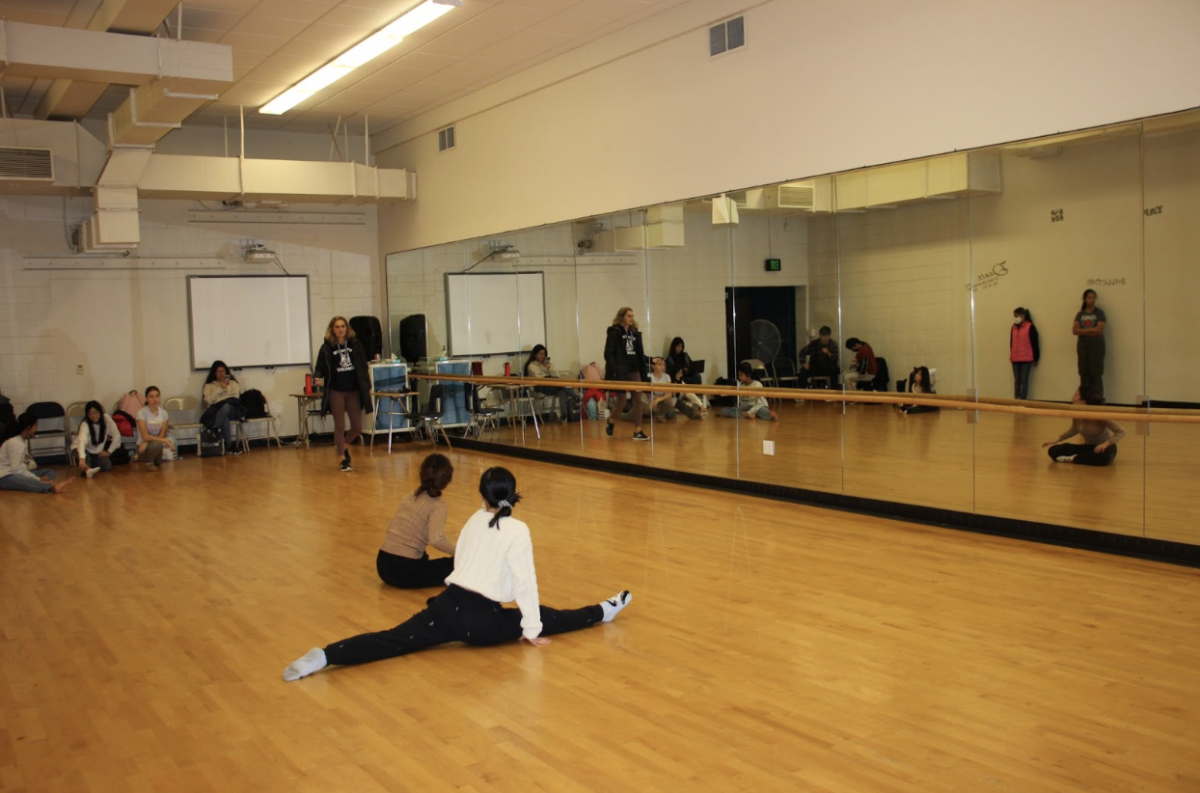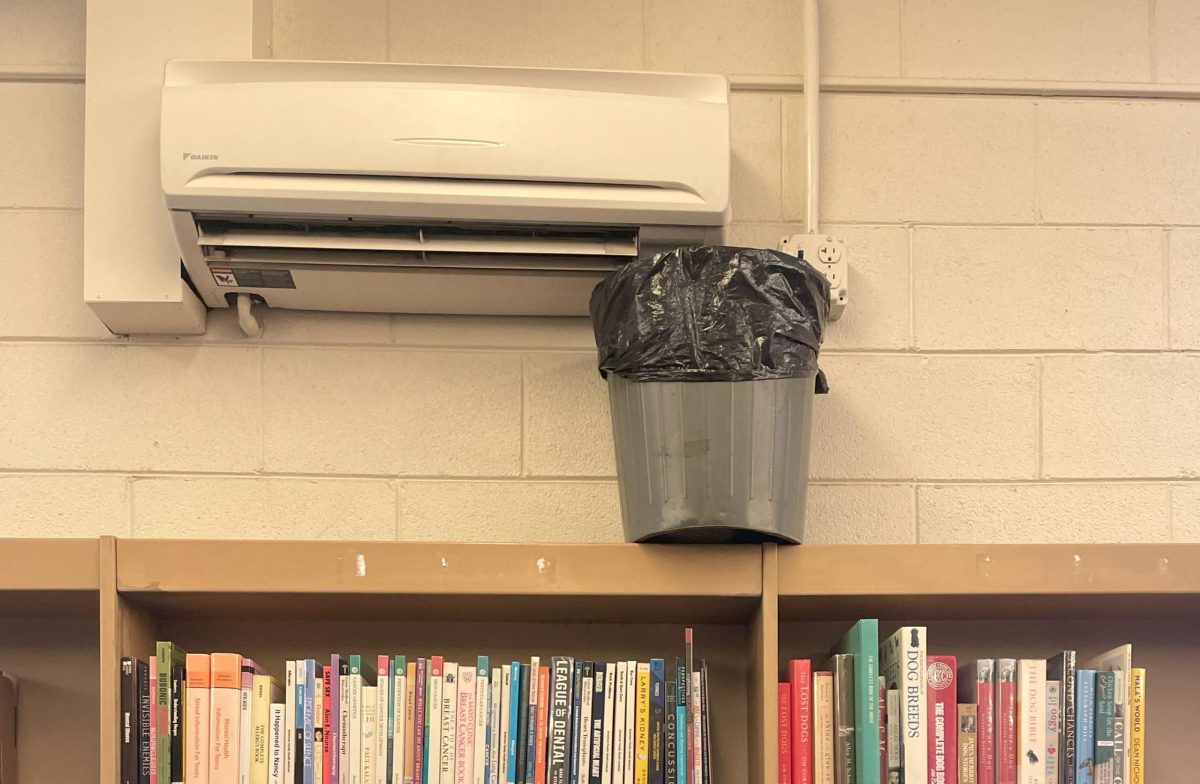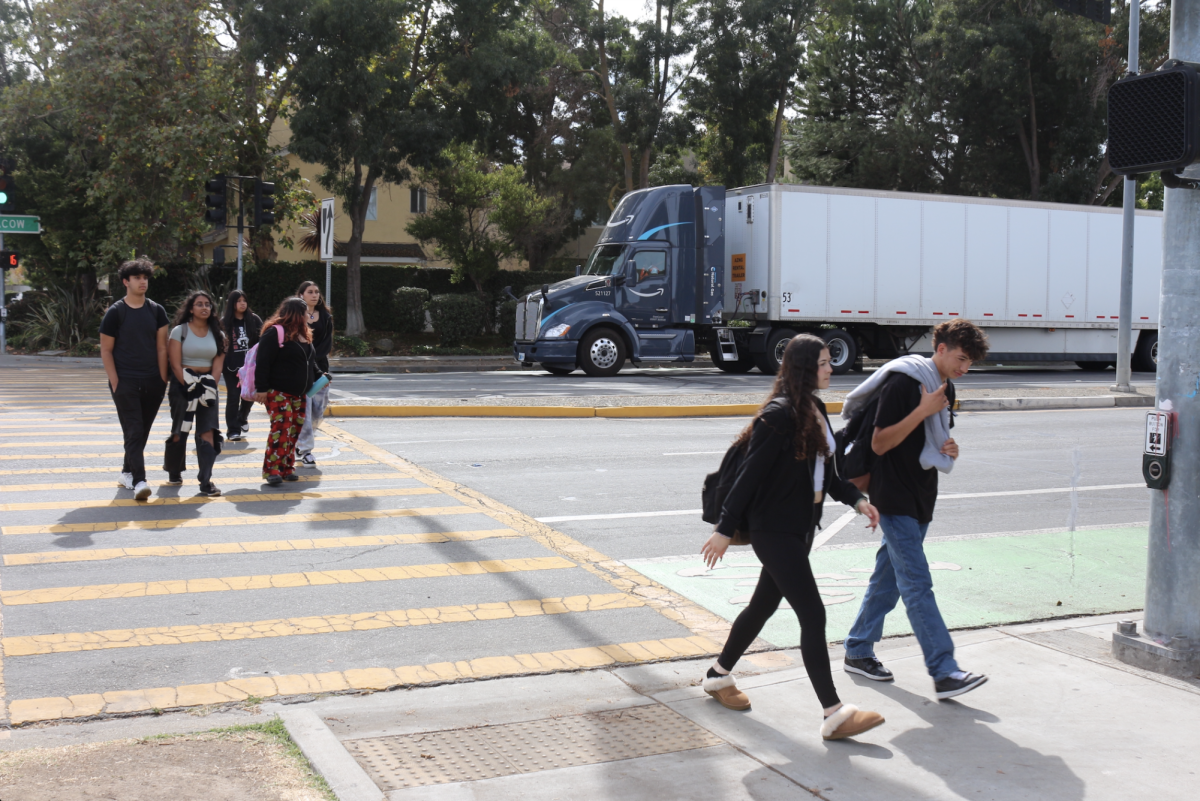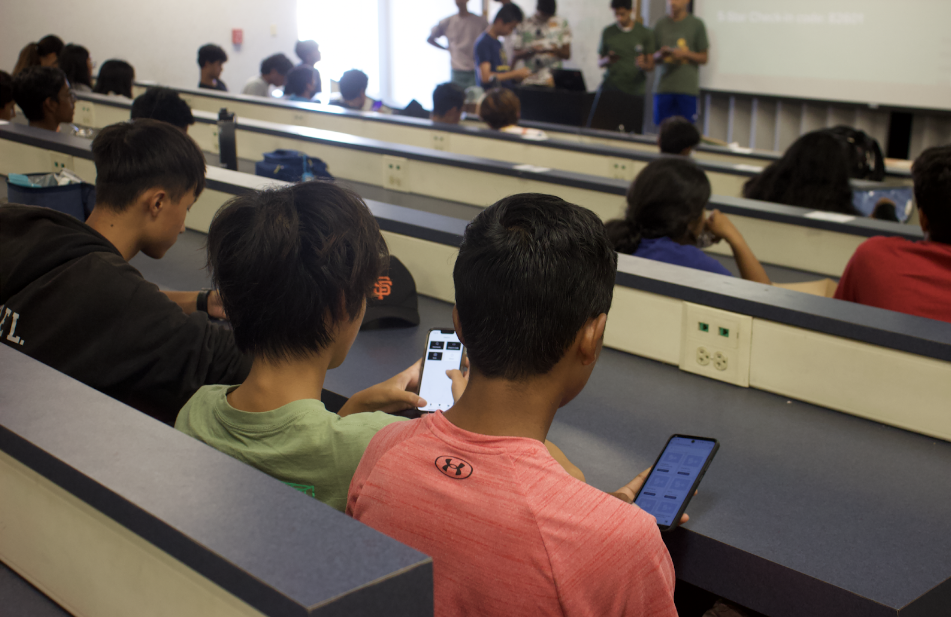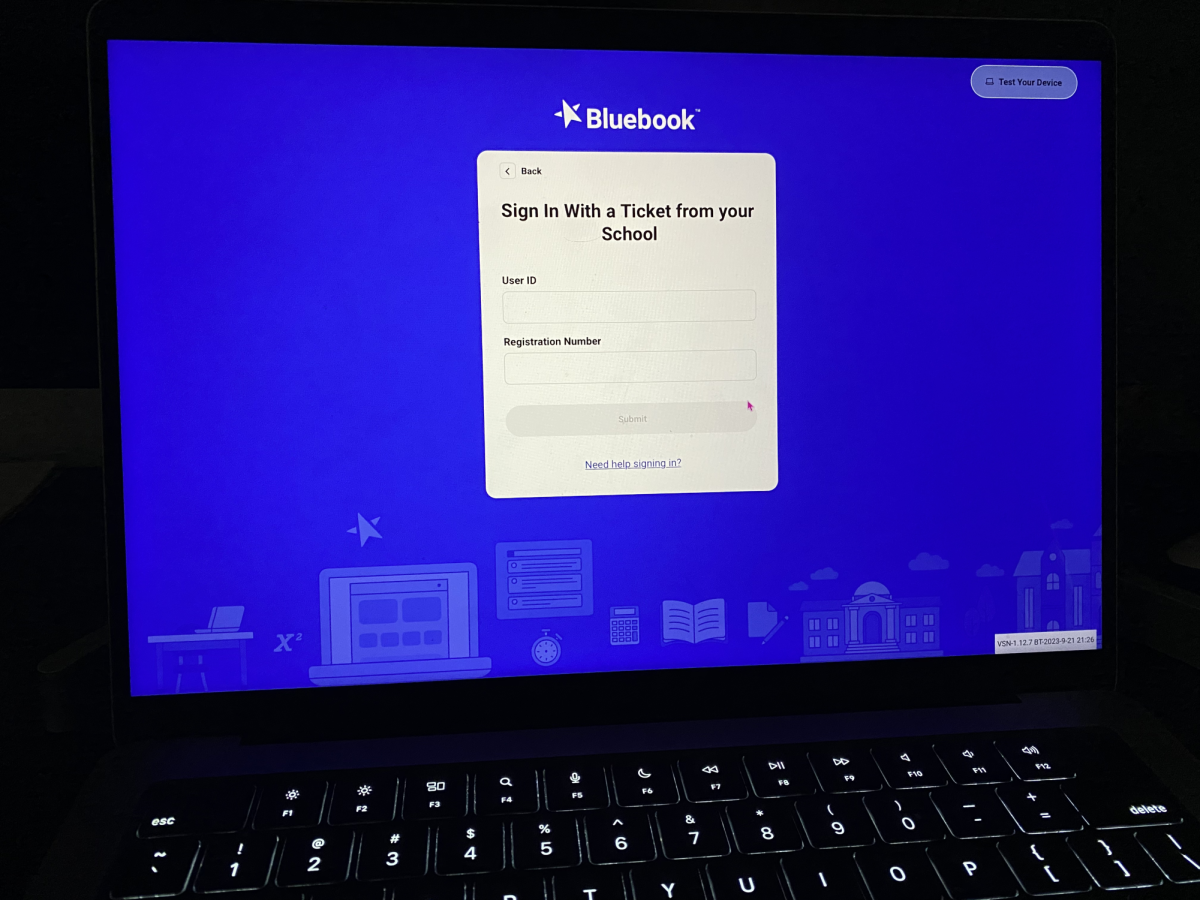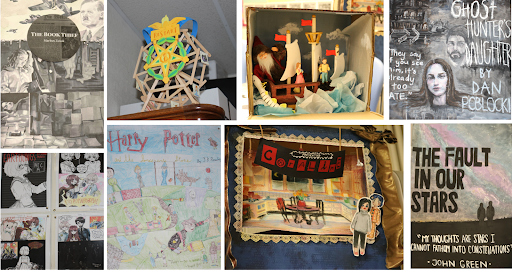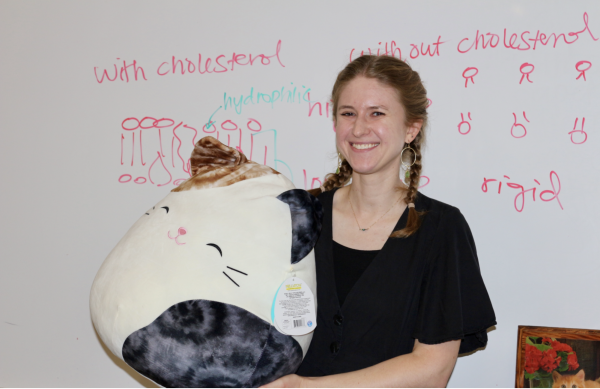Firefighting 451
January 29, 2017
From 2003 to 2007, English teacher Mr. Matthew Phillips was a wildland firefighter in Missoula, Montana and Forest Hill, California from October to May each year. He worked for 14 days on followed by two days off, mostly as a swamper, clearing brush ahead of the rest of the team to prevent the fires from spreading further.
“A friend of mine, who I worked with at a ski resort in Utah, was doing firefighting in Montana,” he said. “He worked there over the summer, which fit with my schedule, and they said they feed you really well, which was appealing.”
If there were no fires, Phillips would work from 9 a.m. to 6 p.m., starting each day with physical training, running, hiking with his gear, or doing calisthenics until noon, when he’d do project work around town, thinning trees or doing trail maintenance. When there were large project fires, he would set up at a fire camp, a predesignated temporary facility, sharing shifts with other firefighters.
He rarely worked at night, because the cold and humidity generally kept fires from spreading drastically, but when he did have to work through the night, he would eat powdered coffee, wash it down with his Camelbak, and keep going.
“Although that isn’t even close to how much coffee I drink now as a teacher,” he said.
Phillips left his job eventually to become a teacher with his then-fiancee, Ms. Berbawy. “I heard from people who were firefighters, if you’re married and you keep working, you get divorced. I also already had my degree in English Lit, and I saw firefighting as a temporary thing. I was just having fun for a while. I knew I’d be a teacher. My last year firefighting, I got my teaching credential instead of going snowboarding and moved down to the Bay Area, and I started a different era.”




